Releasing a podcast at the correct moment may enhance listenership and engagement. Many beginner podcasters believe that any day will suffice, but data and listener behavior indicate that specific days perform better. The majority of downloads occur on weekdays, particularly Tuesdays, Wednesdays, and Thursdays. Publishing in the early morning (about 5 a.m.) ensures that your episode is available as people begin their day.
To build a loyal audience, stay consistent with your publishing schedule. Analytics can help you track when your audience is most active and adjust your release time accordingly. Avoid weekends, especially Sundays, as fewer people look for new episodes. Also, don’t post at midnight, as your podcast may get lost among others.
Step 1: Understand Why Podcast Scheduling Matters
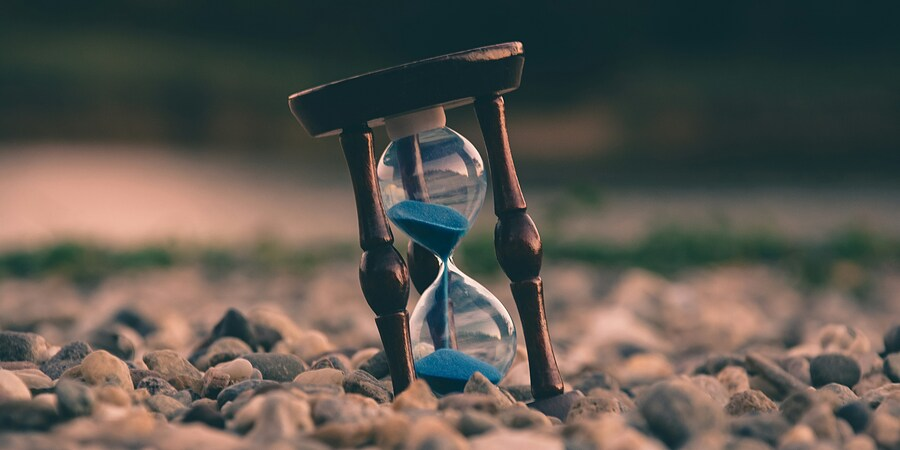
Many podcasters believe that just high-quality content is vital, but regularity in publishing also matters. A consistent schedule helps your audience create listening habits, which leads to increased growth and retention. When consumers know when they should anticipate your podcast, they’re far more likely to incorporate it into their daily routine.
A carefully designed release schedule may foster confidence and loyalty across listeners. It also increases your podcast app’s discoverability and allows algorithms to promote your program to a larger audience. This improves your overall engagement and downloads.
Step 2: Choose the Right Day to Publish

Additionally, there is no optimal day for every podcast, but studies and business statistics can provide important information. Weekdays have more advantages than weekends since more episodes are released between Monday and Friday. On weekends, many consumers are preoccupied with leisure activities and are not actively seeking fresh information.
Megaphone and Pod bean statistics report that Tuesday, Wednesday, and Thursday mornings had the most engagement. Wednesday at 2 a.m., Tuesday at 5 a.m., and Thursday and Friday at 5 a.m. are the greatest posting hours since they receive the most downloads.
A Monday release (between 8 and 10 a.m. EST) can also be smart, as individuals begin their workday and search for material throughout their commute. However, there is a lot of rivalry on Mondays because many producers choose to post on this day.
Step 3: When Should You Avoid Publishing?
3.1. Late Nights (After 11 PM)
When determining the best time to release your podcast, late nights (after 11 p.m.) may appear to be a good option, but they are frequently less effective. While it may appear that fewer people are posting material at that time, there is a hidden challenge: your podcast might easily be buried among the new uploads that appear in the morning.
This suggests that by the time listeners wake up, your podcast has been buried in a flood of fresh episodes and may not even receive the attention it deserves. In my tenure in the content sector, I’ve seen that being intentional about release scheduling may make a significant difference in acquiring and maintaining listeners.
3.2. Sundays: The Worst Day
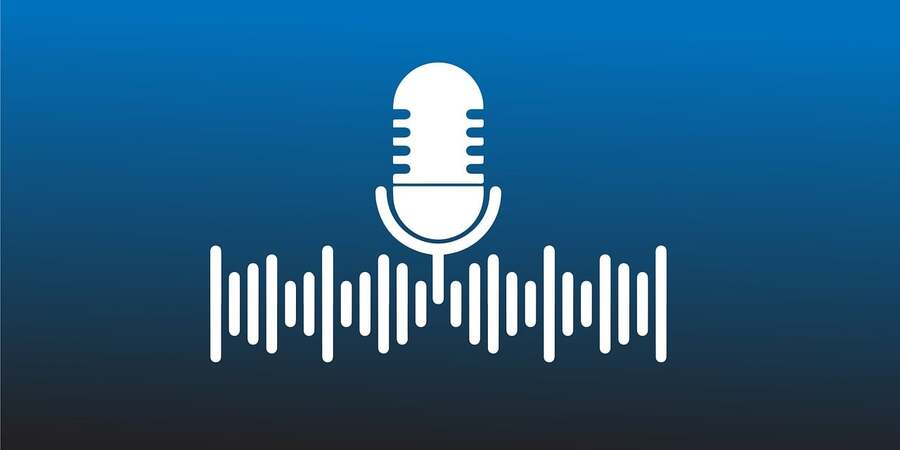
Sundays, on the other hand, are frequently ranked among the worst days for engagement. While weekends appear to be ideal times to post, Sundays often have the lowest interaction rates across numerous media, including podcasting. Listeners are winding down for the week, with many prepping for the next workweek. In my podcasting adventure, I discovered early on that regular scheduling is critical to maintaining an audience.
When your release schedule is uneven, it confuses the audience, reducing retention and impeding long-term growth. For anybody wanting to generate money with their podcast, having a constant release cadence is vital to sustaining continuous listener engagement, which in turn creates a devoted following and boosts your chances.
Step 4: Select the Optimal Time for Release
Scheduling the release of your podcast is influenced by the habits of your audience. Here’s what the information indicates:
4.1. Early Mornings (2 AM – 5 AM)
When deciding when and how to distribute a podcast, it’s important to consider listener behavior. In my experience, releasing at the correct time may mean all the difference. For example, early mornings (2 AM – 5 AM) are very effective since they ensure that your episode is available when listeners get up and begin their day. Not only does this provide you an advantage, but it also helps your podcast appear in platforms’ “new releases” sections, exposing it to a larger audience before competitors begin uploading their content.
If you release your podcast right before this window, at 5 a.m., your content will be fresh and available for individuals to listen to while on the road. This timing guarantees that you get their attention when they are most likely to interact with it. Furthermore, afternoon breaks and lunch hours (12 PM – 2 PM) experience an increase in engagement, since professionals frequently take breaks and listen to podcasts for information around lunchtime.
From my personal podcasting experience, I’ve discovered that understanding your audience’s daily routine is critical to selecting the optimal time for release. Your podcast is more likely to stand out and thrive if it is released when people are most likely to be accessible.
4.2. Morning Commutes (7 AM – 10 AM)

When determining when to release a podcast, consider when your audience is most likely to interact. Morning commutes (7–10 a.m.) are an excellent time to release. Many listeners listen to podcasts while commuting to work, so publishing your episode immediately before this window, around 5 a.m., guarantees that your material is fresh and available for listeners seeking something to listen to on their way to work.
Through experience, I’ve discovered that being smart about when you distribute content may make a significant impact. Another wise option is to release a podcast early in the morning (2 AM–5 AM). This scheduling allows your episode to be available when listeners wake up and begin their day. .
Knowing when your target audience is most likely to interact with your material may be a game changer in podcasting, allowing you to increase your listener base and establish a devoted following.
4.3. Afternoon Breaks & Lunch Hours (12 PM – 2 PM)

When deciding when to release a podcast, it’s critical to align your release date with when your audience is most likely to interact. According to my experience and research, one of the finest periods is around afternoon breaks and lunch (12 p.m.-2 p.m.). Professionals take breaks and use this time to absorb material. The secondary engagement surge at this time is an excellent opportunity for your podcast to be discovered, especially if it meets their demand for amusement or knowledge at lunch.
4.4. Evening Relaxation (6 PM–9 PM)
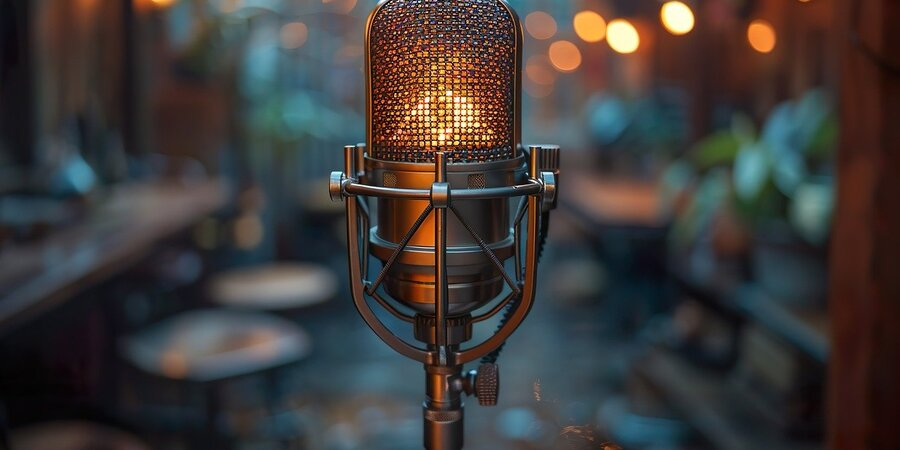
When determining when and how to release a podcast, it’s critical to match your release schedule to when your target audience is most likely to listen. For example, airing your podcast around afternoon breaks and lunch hours (12 PM–2 PM) is beneficial because this is when many professionals take breaks and are more inclined to consume information. The increase in secondary involvement during this period might improve your podcast’s chances of reaching an attentive audience.
Another excellent time to post is in the early morning (2–5 a.m.). This guarantees that your podcast is accessible when people wake up and begin their day, making it simpler for listeners to find it at the start of their routine.
4.5. Avoid Peak Publishing Times
When determining the optimum day and time to release a podcast, think about how the scheduling impacts your audience’s capacity to interact with your material. If you release your podcast at the same time as everyone else, it may be lost in the mix due to random or uneven scheduling. For example, if Wednesday at 2 a.m. is a popular publishing time, consider releasing your episode at 5 a.m. instead.
It’s also crucial to keep in mind the best periods for audience interaction. Early mornings, such as from 2 to 5 a.m., are ideal since they allow your podcast to be available as consumers start their day.
Step 5: Consider Your Audience’s Time Zone

Consider your audience’s location while deciding on the optimum day and hour to distribute a podcast. This component is extremely important, especially if you have a worldwide audience. For example, if your audience is spread across multiple time zones, it is critical to prioritize Eastern Standard Time (EST). This time zone includes major podcast markets such as New York and Toronto, making it an excellent option for your release.
If most of your listeners are from a specific region, adjust the release time accordingly to match their schedule. This ensures that your podcast is ready when your target audience is most active.
Step 6: Test and Analyze Your Data
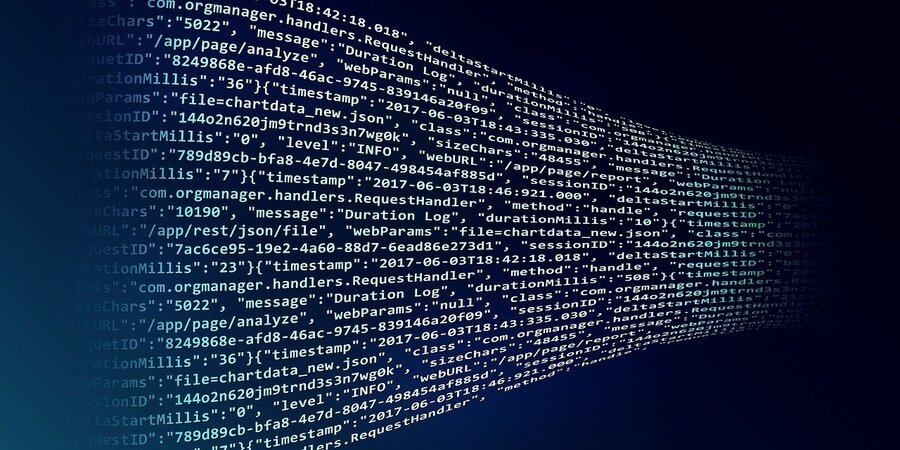
To identify the optimum day and hour to distribute a podcast, consider when your target audience is most likely to be available to listen. Industry trends can provide important information, but depending on your data is essential. Most podcast hosting systems include features such as heat maps to help you determine when your audience is most engaged.
With this information, you can tailor your posting schedule to coincide with the periods when listeners are most engaged. For example, tracking data like downloads by time of day might help you identify peak listening times and guide your publishing selections. According to my own experience, it is critical to be flexible and adaptable to changes.
Step 7: Build a Habit among Your Listeners
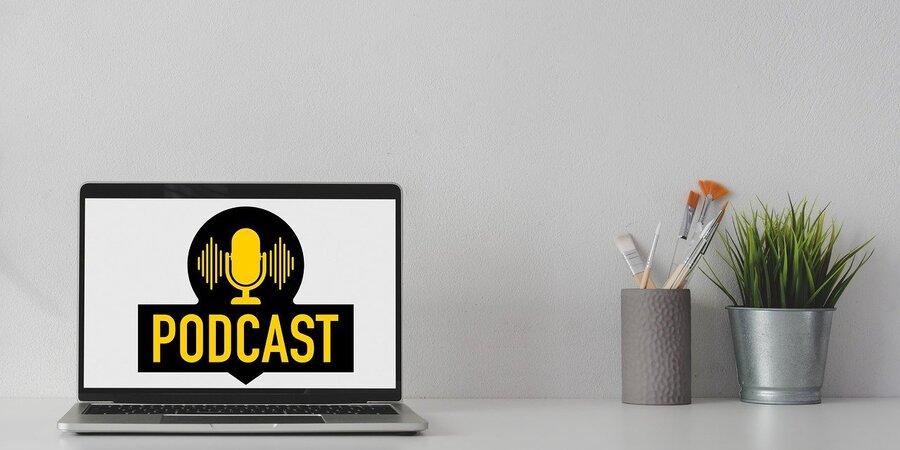
It is critical to determine the optimum day and time to release a podcast since it has a big impact on how many listeners tune in. Many podcasters assume that posting at peak hours increases their chances of being seen, but you should also consider your audience’s habits. When people listen depends on their time zone, job schedule, and habits.
For example, broadcasting your podcast early in the morning, around 5 a.m., ensures that it reaches your listeners when they are most engaged. Consistency is essential for standing out in a crowd. Sticking to a set timetable will let your viewers know when to expect the next episode.
